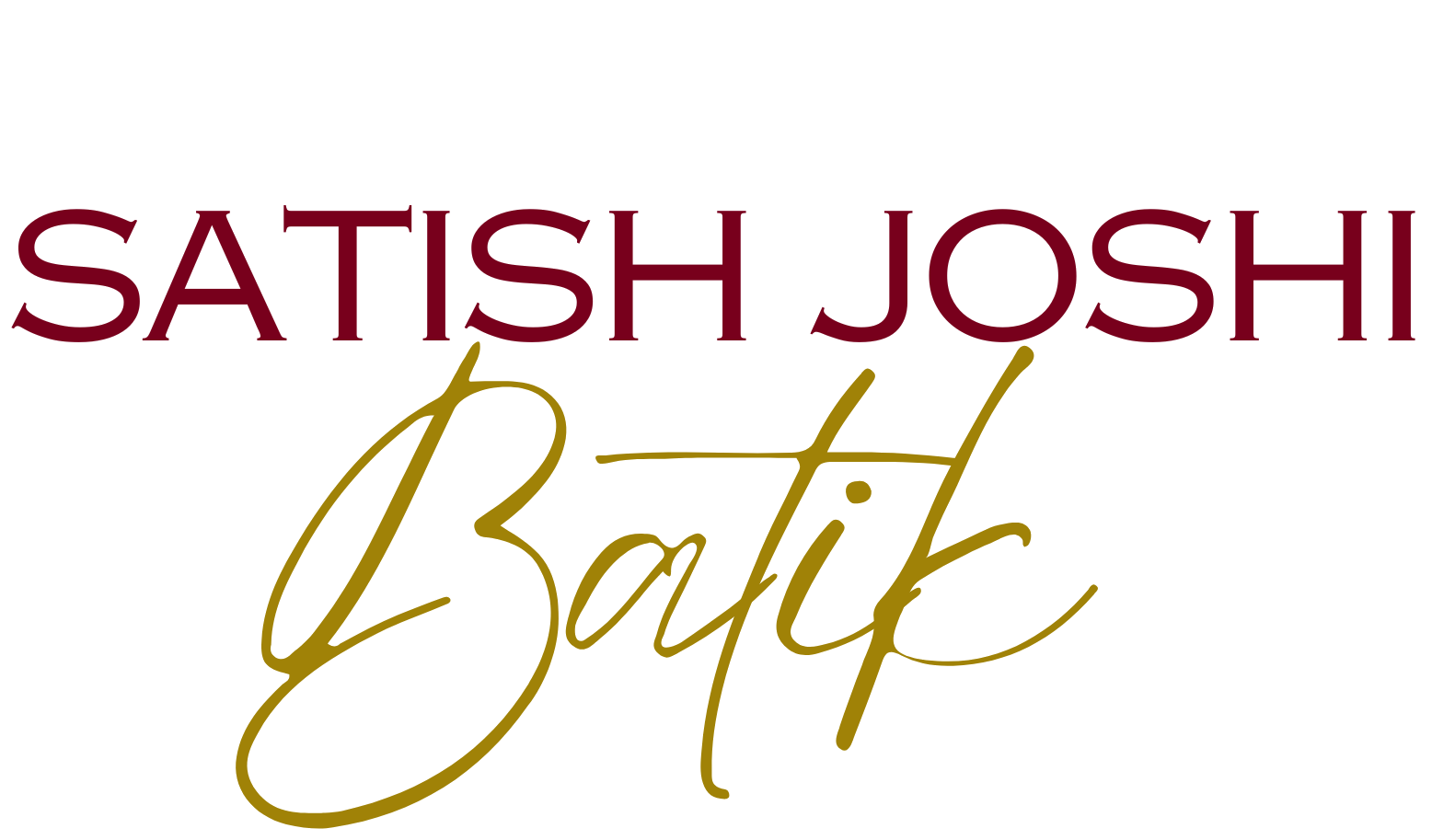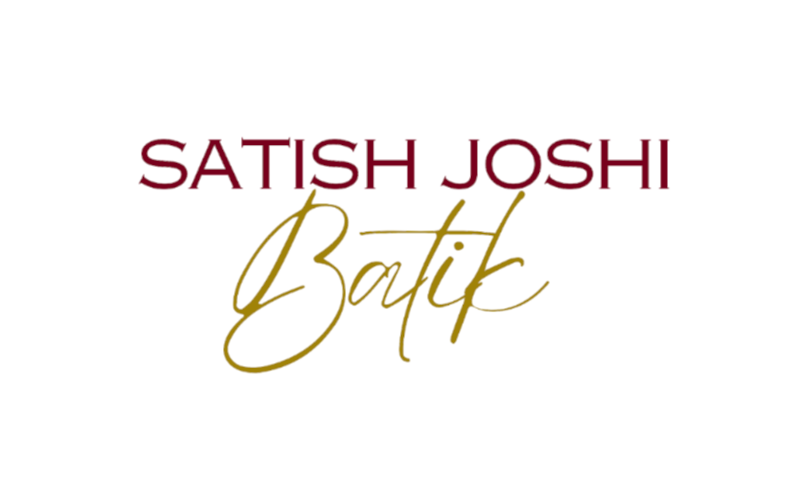Batik, one of the most vibrant and the richest medium of textile printing in the world, can be presumed to be at least 2000 years old. In its present form it is renowned all over the world for its beautiful designs. The art of doing authentic Batik having its roots in the land of Indonesia involves a complex process of creation.
“Indonesian batik was added to UNESCO’s Intangible Cultural Heritage of Humanity list in 2009, and has been internationally recognized as an historical fabric of human civilization.” – Cultural Selection Article: “Batik for the World” Exhibition at UNESCO
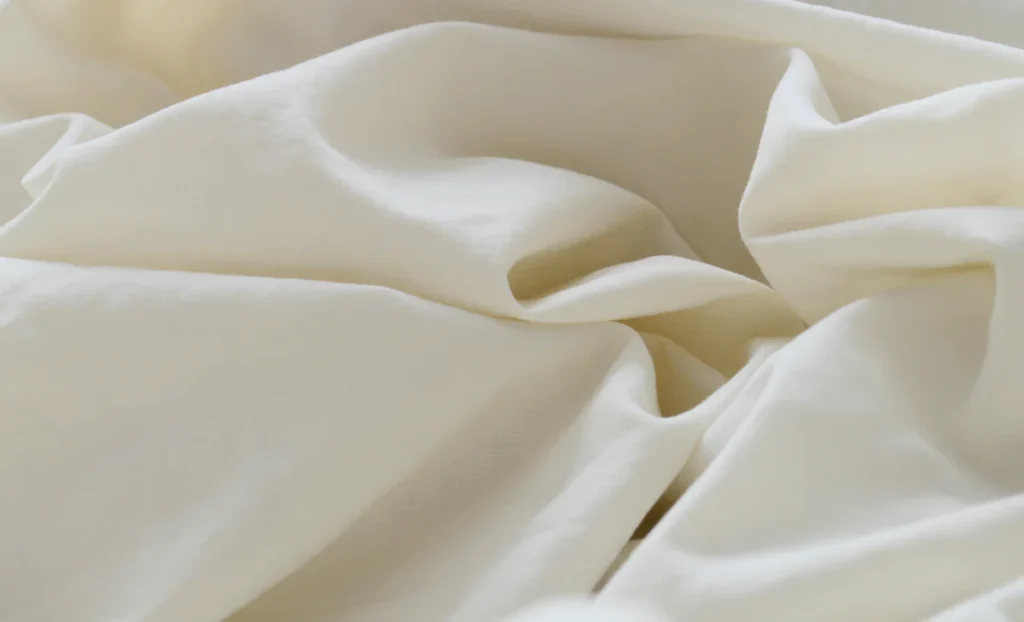
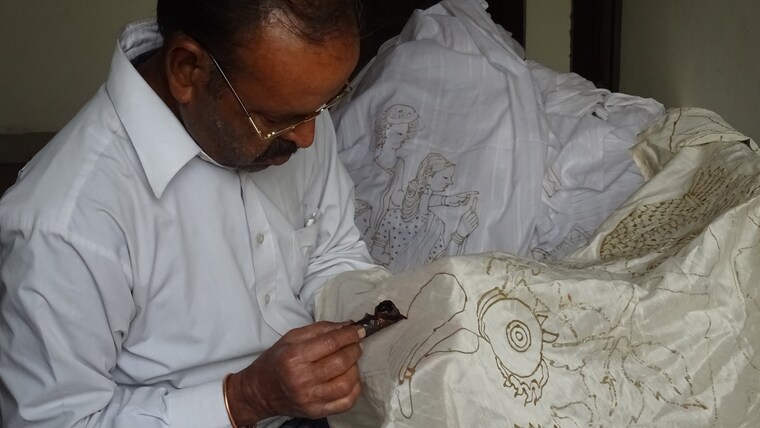

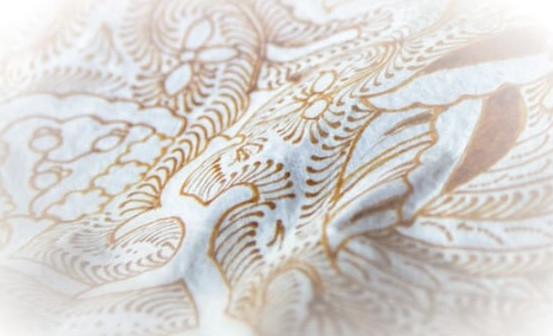
In the words of Satish Joshi, “Batik is an art with unlimited possibilities. I feel it needs a lot of patience and imagination while working with it as you can’t see during the process of creation what will come out when your art piece is ready.”
This is because a cloth goes through multiple stages like drawing designs with molten wax , colouring, applying wax , dyeing, boiling in water before it comes out as a marvelous expression to an artists imagination.
The designs are not printed as it is usually done on textile goods, but drawn on the fabric by applying liquefied wax with a specialized tool. Fine decorative lines and dots are drawn by hand to form designs. These wax designs prevent the covered parts of the fabric from being penetrated by dye-stuffs, so that they will remain uncolored.
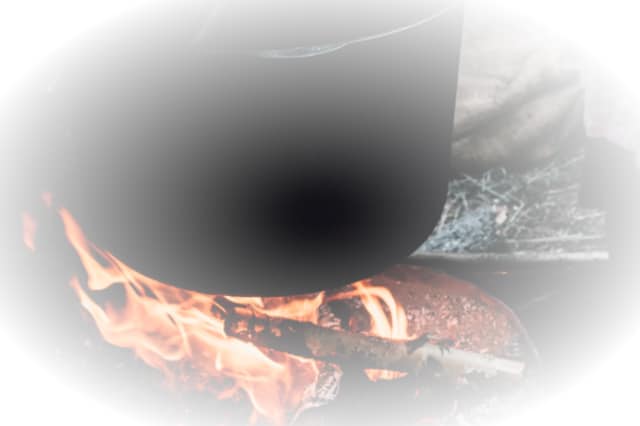
The batik piece you hold has gone through an arduous process where it has been colored, waxed and dyed several times.
The following stage is the dyeing, which is done by steeping the cloth in a dye-bath. These processes are repeated more than once depending upon the requirement of a particular art piece to be made.
To finish the batik process the now colored fabric is soaked into hot boiling water to remove all the wax from the cloth. After removing the wax, we get an exciting batik printed cloth.
